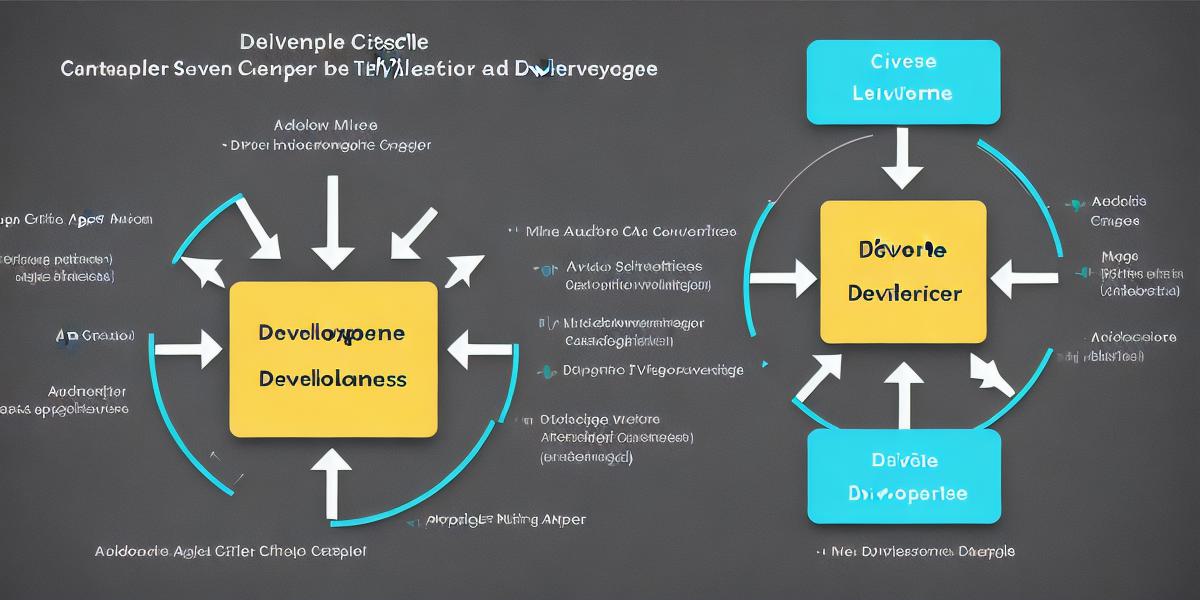Introduction
Android is one of the most popular mobile operating systems, with billions of active devices worldwide. For developers, building an app for Android can be a complex process that requires knowledge of programming languages, development tools, and software design principles. In this article, we will explore the Android development life cycle, including the different stages involved in creating an Android app.
The Android Development Life Cycle

The Android development life cycle consists of several stages that must be completed before an Android app can be released to the public. These stages include:
- Planning and Design: In this stage, developers define the purpose of the app, identify the target audience, and create a project plan. They also design the user interface and determine the features that will be included in the app.
- Development: During this stage, developers write code to implement the features and functionality of the app. They use Android Studio, an integrated development environment (IDE), to write Java or Kotlin code, design the user interface, and test the app.
- Testing and Debugging: In this stage, developers test the app for errors, bugs, and performance issues. They also debug any problems that arise during testing and make necessary changes to improve the app’s functionality and usability.
- Building and Publishing: During this stage, developers build a final version of the app and publish it to the Google Play Store. They can also optimize the app for better performance, improve its user interface, and add new features based on feedback from users.
- Maintaining and Updating: Finally, in this stage, developers maintain the app by fixing bugs and adding new features as needed. They also update the app to keep it compatible with new versions of Android and to address any security vulnerabilities that may arise.
Benefits of Using the Android Development Life Cycle
Using the Android development life cycle provides several benefits for developers, including:
- Consistency: The development life cycle ensures that all aspects of app development are consistent across different projects, making it easier to develop and maintain apps in the future.
- Quality Assurance: The testing and debugging stage helps ensure that the app is free from errors, bugs, and performance issues, improving its overall quality.
- Improved User Experience: The planning and design stage ensures that the app is user-friendly, intuitive, and meets the needs of the target audience.
- Better App Performance: The development stage allows developers to optimize the app for better performance, making it faster and more responsive.
- Increased Efficiency: The maintenance and updating stage helps keep the app up-to-date with new features and improvements, saving time and effort in the long run.
Real-Life Examples of Android Development Life Cycle in Action
One real-life example of the Android development life cycle is the popular messaging app, WhatsApp. Developed by Facebook, WhatsApp follows a structured development life cycle that includes planning, design, development, testing, building, publishing, and maintenance. The app has been continuously updated with new features and improvements over the years, making it one of the most popular messaging apps in the world.
Summary
In conclusion, understanding the Android development life cycle is essential for developers looking to build high-quality apps for Android devices. By following this structured approach, developers can ensure that their app meets the needs of the target audience, is free from errors and bugs, and performs optimally. With the right planning, design, development, testing, building, publishing, and maintenance, any developer can create an Android app that resonates with users worldwide.
